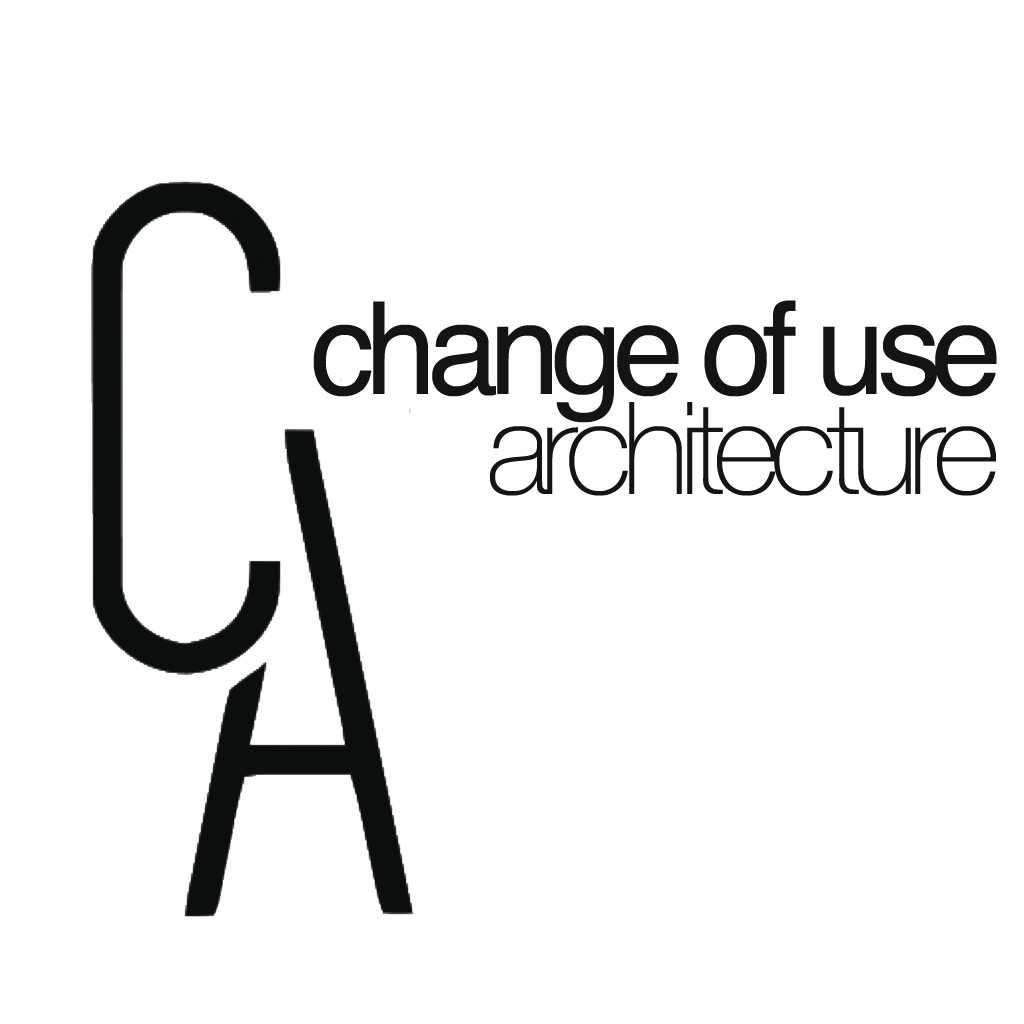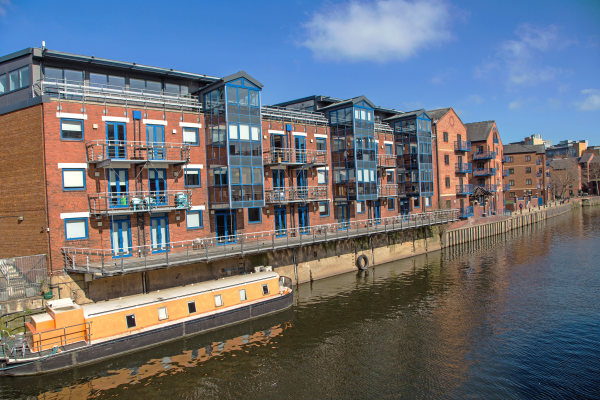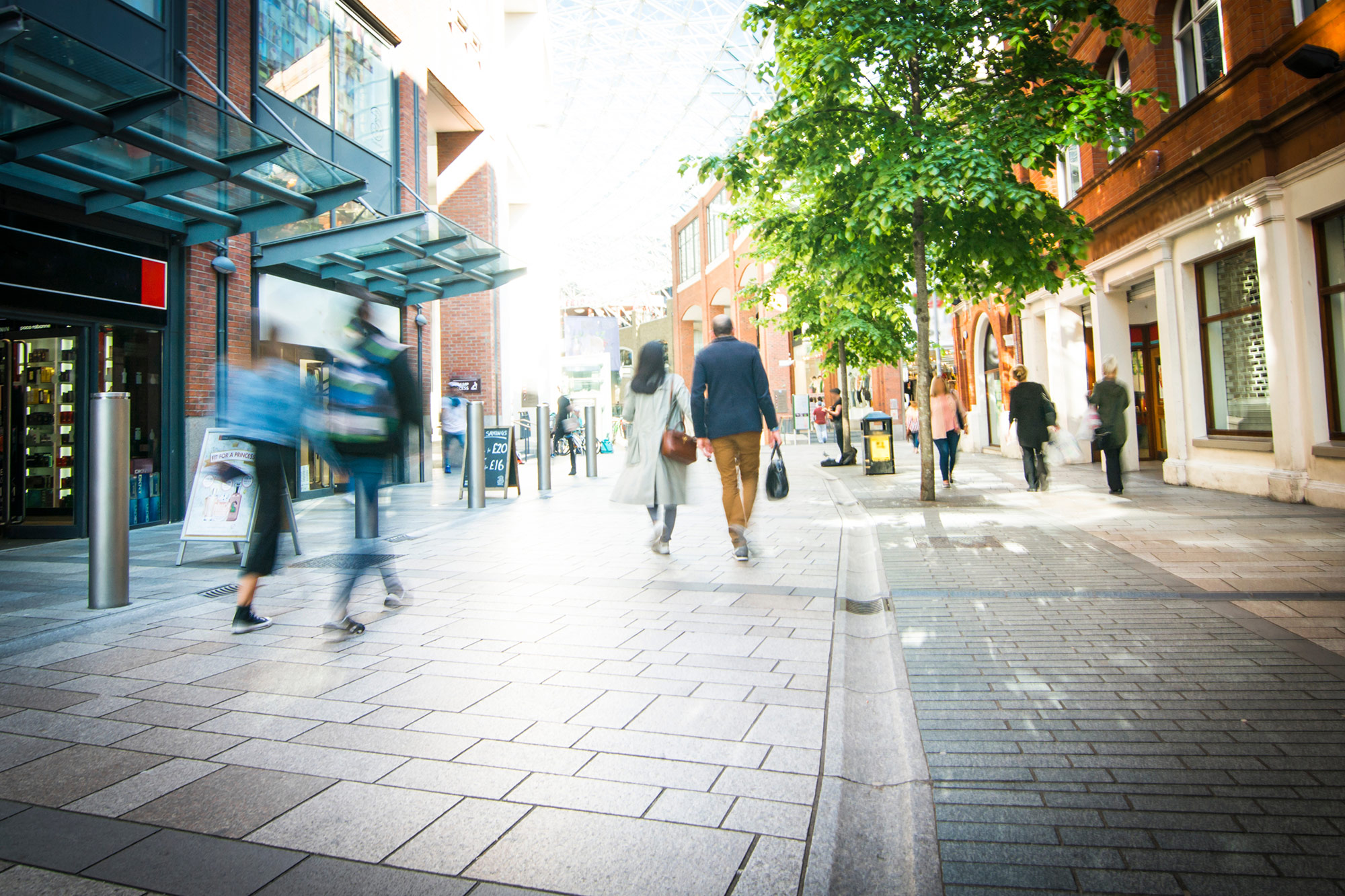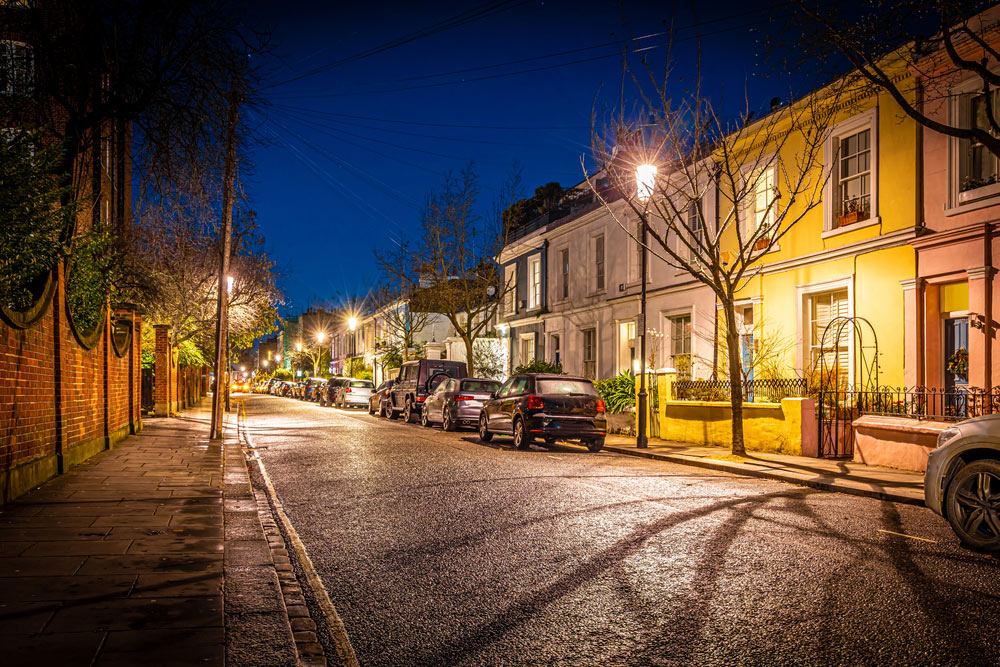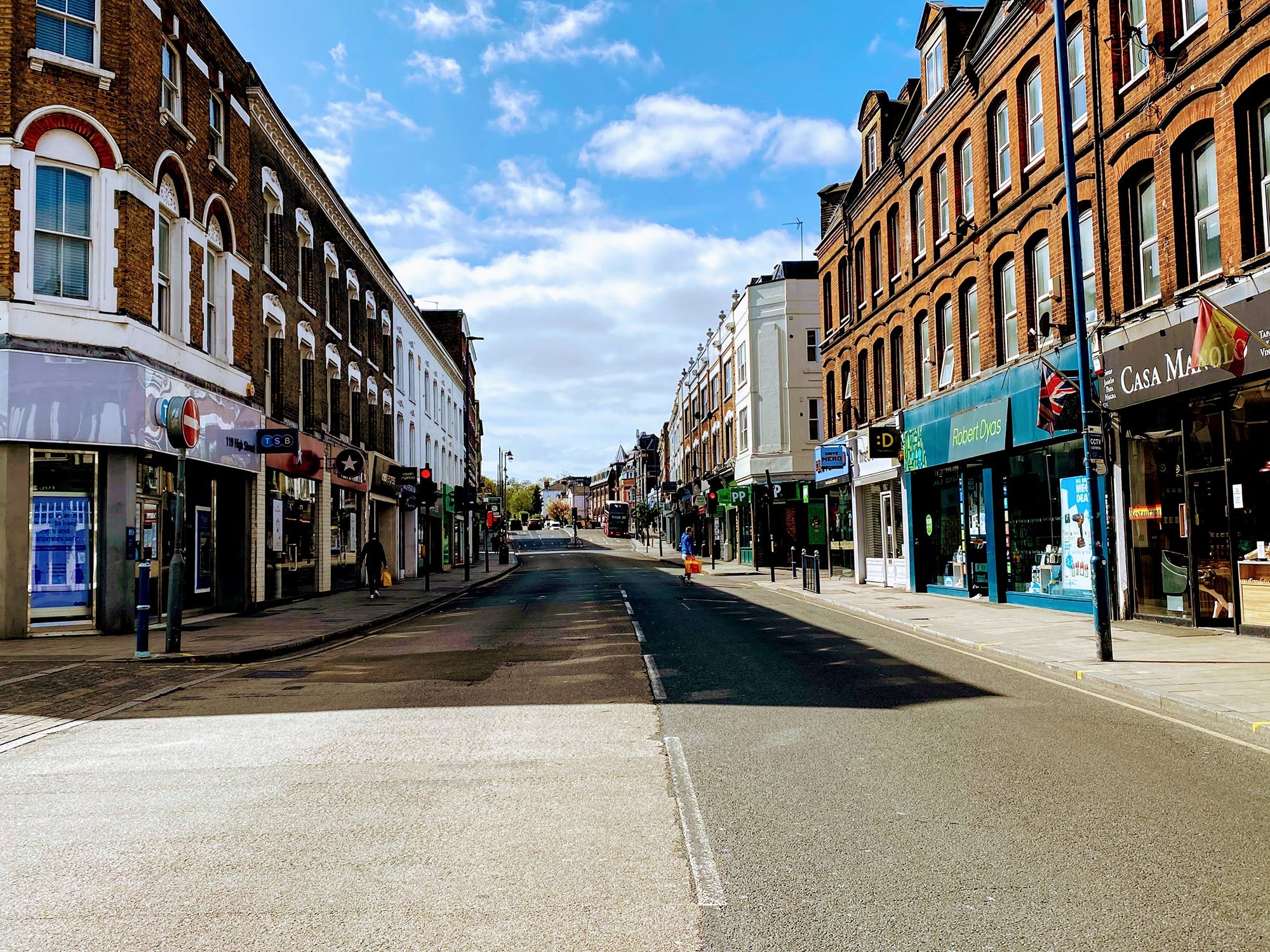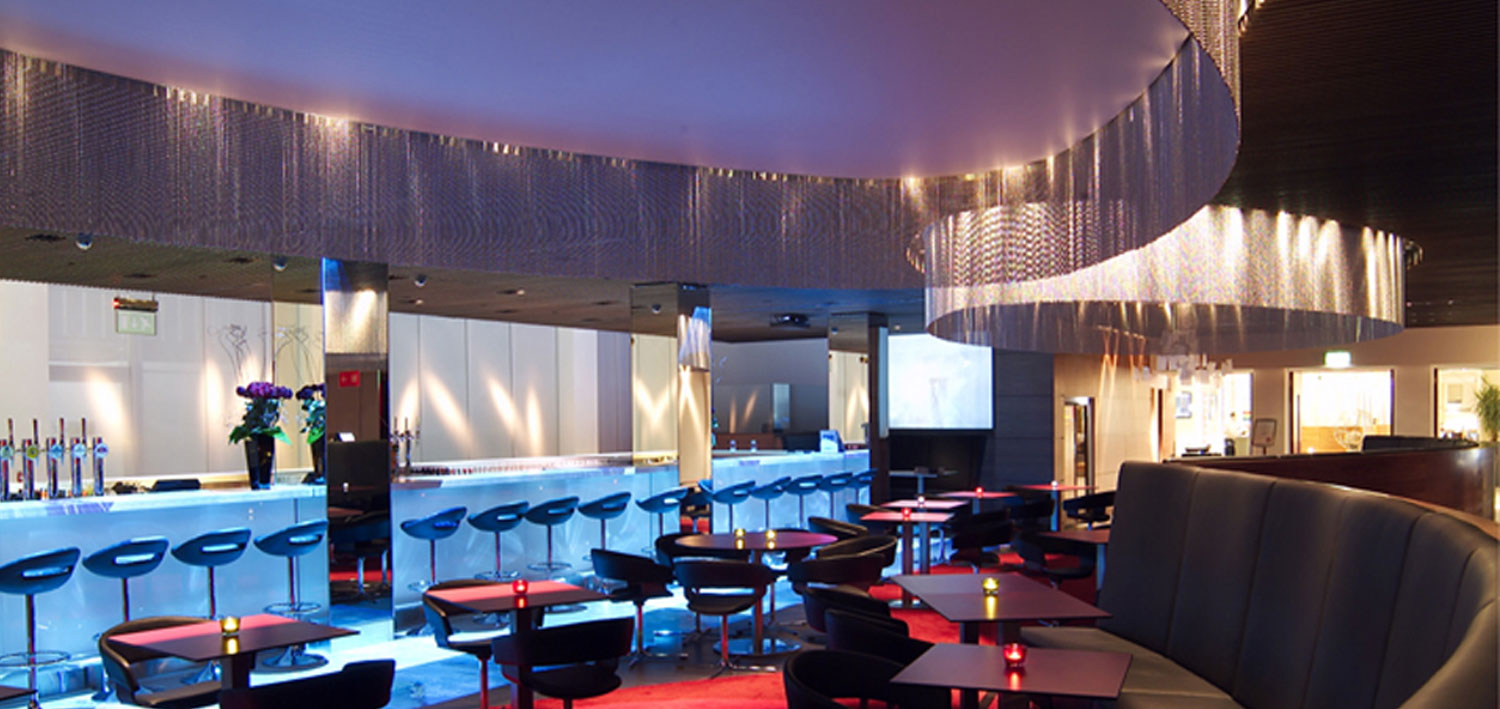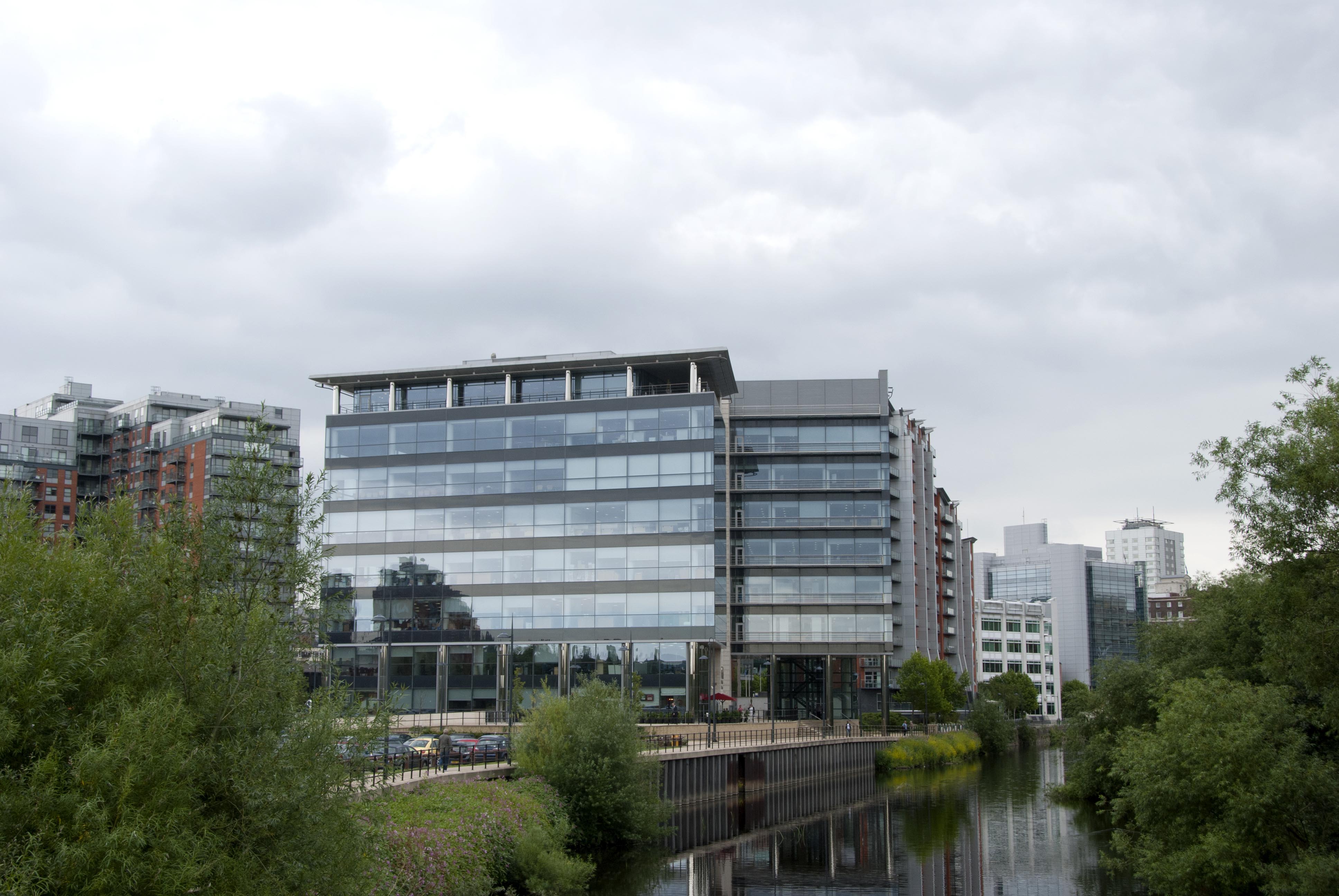Changes of use such as converting an office to residential use
Because of the growing demand for residential properties for rental, many commercial premises are being converted to flats (so much so that for businesses seeking to move, office premises have become a little sparse). Therefore, some of our enquiries request help submitting a change of use planning application form for a change of use from B1 to C3. If the unit is for retail, we apply for A1 to C3 (or to Mixed Use: A1 and C3, if it is to retain the shop unit and convert to residential on the floors above). In some cases, the planning officers request an Economic Statement to explain how the application will impact the local economy, and this helps them to decide the case.
The process is easier if it can be done under Permitted Development, although we are equally proficient in preparing full planning applications. Do see some of our case studies to give you an idea of what can be achieved. (See also the table below for most of the use classes & definitions).
We create architectural drawings for a fantastic layout design in your new flat(s), and we offer to submit the application on your behalf. Our designers then liaise with the planning officers during the process, with no extra charge from us. [We can also support you later at the pre-construction stage with Building Regulations Drawings, and at the build stage with Tender Packs and Contract Administration for your refit or conversion to residential use.]
Property Developers
Whether you are a ‘newbie’ or a seasoned developer, we can work together. For new developers, we can support their wish list with our informative and helpful services. For experienced developers, we can provide efficient services to free up much of their time to think of your next project and give you a better work/life balance. We also like to network with developers regarding new plots, which are very much sought-after in the capital. Therefore developers can always consider themselves invited to our offices for coffee and a presentation of flagship projects.
Our designers can come up with bold, contemporary and tasteful schemes for you, or traditional styles which are sympathetic to the surroundings. Our planning consultants will recommend the best route to optimise your chances of approval. That could be the pre-app. route (this used to be called outline planning). Your proposal would most likely require a Design & Access Statement too, which we can commission externally. New builds will need to demonstrate via 3D animated renders the aesthetics and blending of the design. This can be done with our Immersive Design Package. Later we can provide your Building Regulations Drawings to satisfy Building Control, and for the construction phase, we recommend Tender Packs and Contract Administration to put you in the driving seat with the builders.
See our case studies for new schemes.
Refit or new business
We have recently provided branding and fit-out services for several restaurants. Do see some of our studies. Again, we can support you with all stages from your planning application for the new shop front or restaurant façade to our interior design service and the refit. Moreover, our graphics team can provide branding and corporate identity products to beautifully suit the new space we have created.
At EA we look at 7 aspects for each commercial application:
- social demographics adjacent to the proposed site
- the likely effect on economic factors the change of use will have
- how the change of use will benefit the inhabitants of the immediate area.
- whether traffic will be affected
- how it will affect the surrounding infrastructure
- whether parking spaces will be adequate or impacted
We have a proven track record in the successful change of use applications.
Get in touch so we can show you some examples.
| Class: | Definition: |
| A1 | Shops, retail warehouses, hairdressers, undertakers, travel & ticket agencies, post offices, pet shops, sandwich bars, showrooms, domestic hire shops, dry cleaners, funeral directors, internet cafes |
| A2 | Financial & professional services e.g. banks & building societies, professional services e.g. estate & employment agencies |
| A3 | Restaurants, cafés for the consumption of food on the premises, snack bars |
| A4 | Drinking establishments e.g pubs, wine bars (not night clubs) including drinking establishments selling hot food |
| A5 | Hot food takeaways – For the sale of hot food for consumption off the premises |
| B1 | Business Offices (other than A2), research & development units, light industry appropriate for residential areas |
| B1 Vacant property | If the premises were vacant before 30.05.13, its last use has to have been office use. |
| B2 | General industrial – industrial processes other than B1 (excluding incineration, chemical treatment, landfill, hazardous waste) |
| B3 to B7 | Special industrial |
| B8 | Storage or distribution including open-air storage |
| C1 | Hotels, hostels, boarding houses, guest houses |
| C2 | Residential institutions, care homes, hospitals, nursing homes, boarding schools, residential colleges, training centres |
| C2A | Secure Residential Institutions e.g. prisons, young offenders institutions, detention centres, secure training centres, custody centres, short term holding centres, secure hospitals, secure local authority accommodation, military barracks |
| C3 (a-c) | Residential dwellings: (a) a single person, family, a couple (married or unmarried), a relative of a family with the family, domestic employees like au pair, nanny, nurse, governess, servant, chauffeur, gardener, secretary / PA; a patient & carer; a foster parent & foster child.(b): up to 6 people living as a single household and receiving care e.g. hostels for people with learning disabilities or mental health issues.(c) up to 6 people living together as a single household. This does not fall under C4 HMO. It could be a small religious community or a homeowner who has a lodger. |
| C4 | Houses in multiple occupations, i.e. shared houses occupied by 3 and 6 unrelated individuals, who share a kitchen and bathroom. |
| D1 | Non-residential institutions, e.g. Clinics, health centres, crèches, day nurseries, day centres, schools, art galleries, museums, libraries, halls, places of worship, church halls, law courts. Non-residential education and training centres. |
| D2 | Assembly and leisure, e.g. Cinemas, music and concert halls, bingo and dance halls (not night clubs), swimming pools, ice rinks, gyms or outdoor recreational sports arenas/tracks (except motorsports, or firearms) |
| Sui generis | Buildings that do not fall within any use class, e.g. betting offices/shops, payday loan shops, theatres, larger HMOs, hostels with not providing care, scrap yards, petrol filling stations or car. Retail warehouse clubs, nightclubs, launderettes, minicabs, amusement centres, casinos, buildings used for agricultural purposes |
| Mixed use | E.g. Retail & residential, or retail & office |
| B1 Vacant property | If the premises were vacant before 30.05.13, its last use has to have been office use. |
Further information
Material changes of use
These include any change of use whose proposed use is residential or part-residential, e.g. converting commercial properties into homes such as an office above a shop which is to be developed as a flat. This is a conversion of commercial property to residential, or part-residential.
Other examples for material change of use:
- house to a flat conversion
- flats to house conversion
- convert shop to residential
If you would like further information on material change of use case law, see link.
